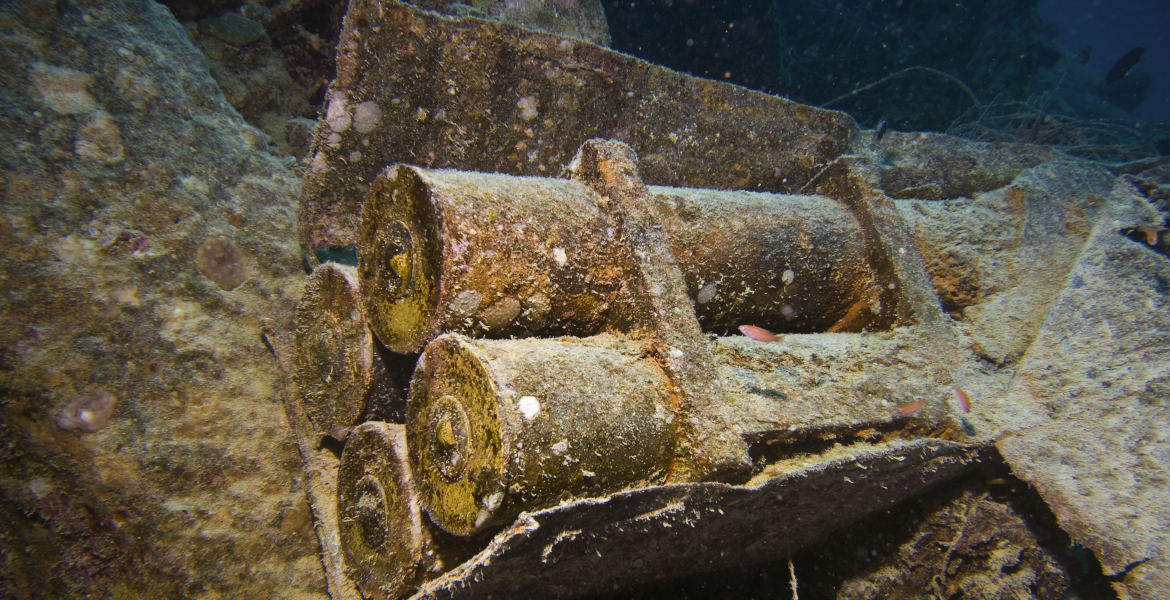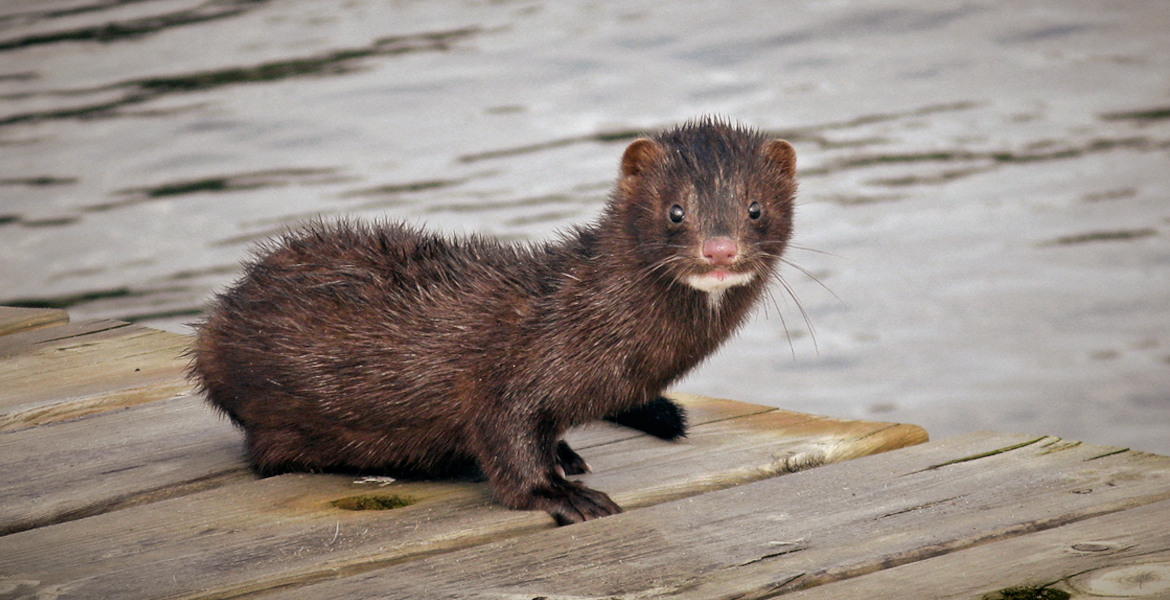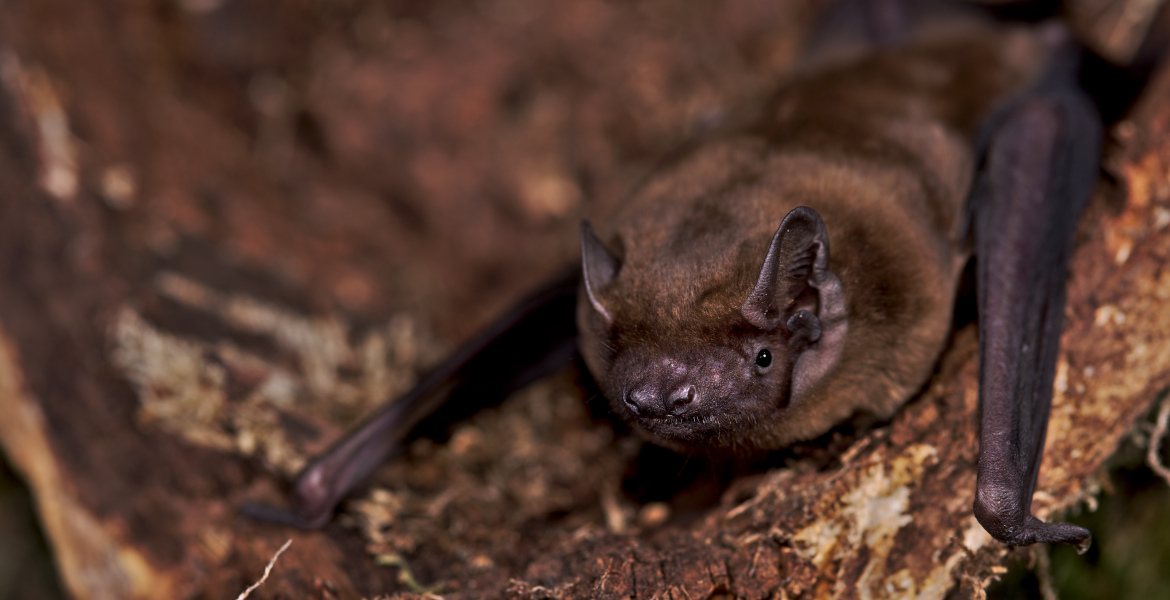The horse ant can amputate the injured body parts of other ants, according to research from the Julius-Maximilians-Universität (JMU) Würzburg. The ant can also determine whether the injured fellow ant really needs to be amputated or just needs the wound cleaned.
German researcher Erik Frank previously found that the ant species Megaponera analis carries and cares for its conspecifics. A closer look at this care revealed that the ants can distinguish between infected and non-infected wounds. If a wound is infected, the ants treat it with their own form of antibiotic, made up of antimicrobial compounds and proteins from a gland on their thorax.
Further research has now been carried out on the horse ant Camponotus floridanus, which is mainly found in Florida. One of the new discoveries is that the ants can amputate injured legs of other ants.
– When we’re talking about amputation behavior, this is literally the only case in which a sophisticated and systematic amputation of an individual by another member of its species occurs in the animal Kingdom, Frank told Current Biology.
The horse ant also uses wound cleansing when injured and can successfully determine whether another ant needs amputation or wound cleansing to best survive an injury.
The study analyzed two types of leg injuries in the ants: cuts on the femur and wounds on the tibia. All femur injuries in the ants were treated by amputation, while tibia injuries were treated by cleaning.
In practice, amputation is performed by the nurse ant chewing off the injured leg, a process that takes about 40 minutes. The injured ant accepts this and remains still during the procedure.
Tibial injuries have a survival rate of about 75% when treated, while femoral injuries have a survival rate of 90-95%. This compares to only 15% and 40% respectively for untreated injuries.
– The fact that the ants are able to diagnose a wound, see if it’s infected or sterile, and treat it accordingly over long periods of time by other individuals — the only medical system that can rival that would be the human one, Frank says.








